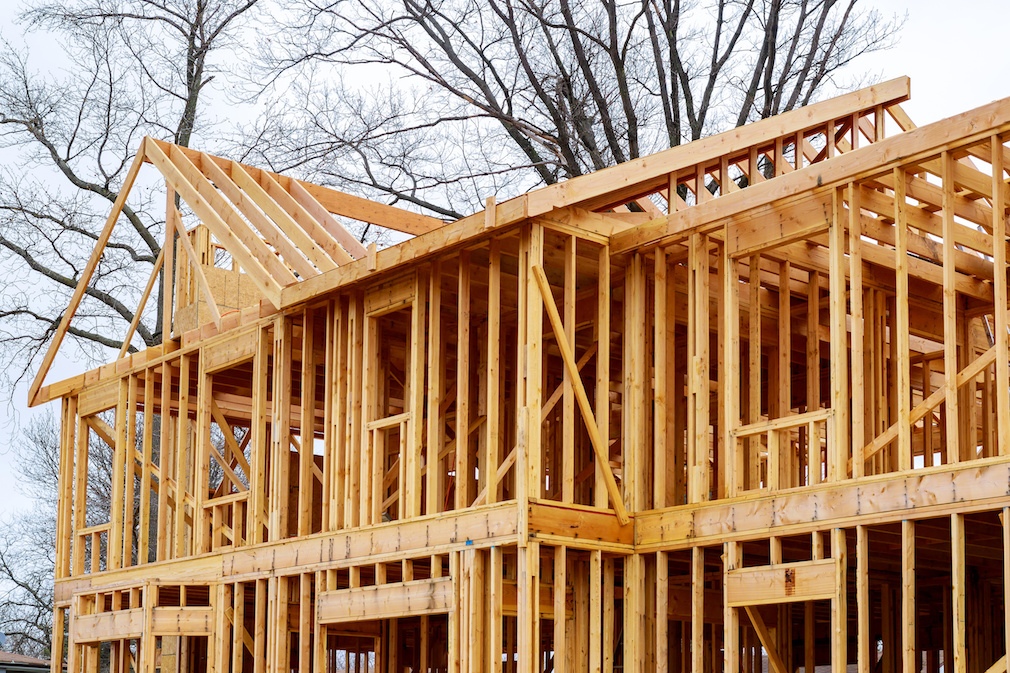Sales of new homes jumped 7.1% in August to an annualized rate of 713,000, getting close to June’s 12-year high, according to the Census Bureau and the Department of Housing and Urban Development.
The surge in new-home sales, which are recorded when buyers sign contracts, came as interest rates tumbled toward the three-year low of 3.49% reached in the first week of September, more than a percentage point below a year earlier, as recorded by Freddie Mac. The August pace, rising from July’s upwardly revised rate of 666,000, was 18% higher than August 2018 when it was 604,000.
The sales gain was more welcome news for a housing market that has now seen three solid data releases in the span of a week, and may well have been expected given recent positive trends in home construction and a still-robust labor market, said Zillow Economist Matthew Speakman.
“These solid fundamentals have allowed builders to remain optimistic, even as construction levels lagged for the better part of the year,” Speakman said. “There’s still a lot of 2019 left, and following today’s numbers and the revisions to last month’s release, new-home sales remain on pace for their best yearly performance since 2007.”
The seasonally adjusted estimate of new homes for sale by the end of August was 326,000, representing a supply of 5.5 months at the current sales rate. That’s tighter than July’s supply of 5.9 months.
The median sales price of new homes was $328,400, up 2.2% from a year earlier.
The outlook for new-home sales is largely dependent on the amount of new construction being built, and the demand for new homes, said First American Deputy Chief Economist Odeta Kushi. Demand for houses remains strong as household formation continues to grow, and purchasing power is buoyed by low mortgage rates and rising household income, she said.
This year, the nation’s purchasing power climbed to the highest level in nearly two decades, according to First American.
According to First American’s Chief Economist, Mark Fleming, the increase can be attributed to a healthy job market, and to no surprise, rising wages.
“Currently, the unemployment rate in the U.S. is at a 50-year low, jobs are plentiful, and wages are rising. In June, average hourly earnings increased 3.3% compared with one year ago, which translates to a 2.4% increase in household income,” Fleming said. “Since June 2018, household income growth increased consumer house-buying power by $8,600.”
“The net effect of these dynamics? Consumer house-buying increased by $44,000 in June compared with one year ago, more than enough to overcome the 7% increase of nominal house price appreciation,” Fleming said. “House-buying power is the highest it’s been since we began tracking it in 1991.”







